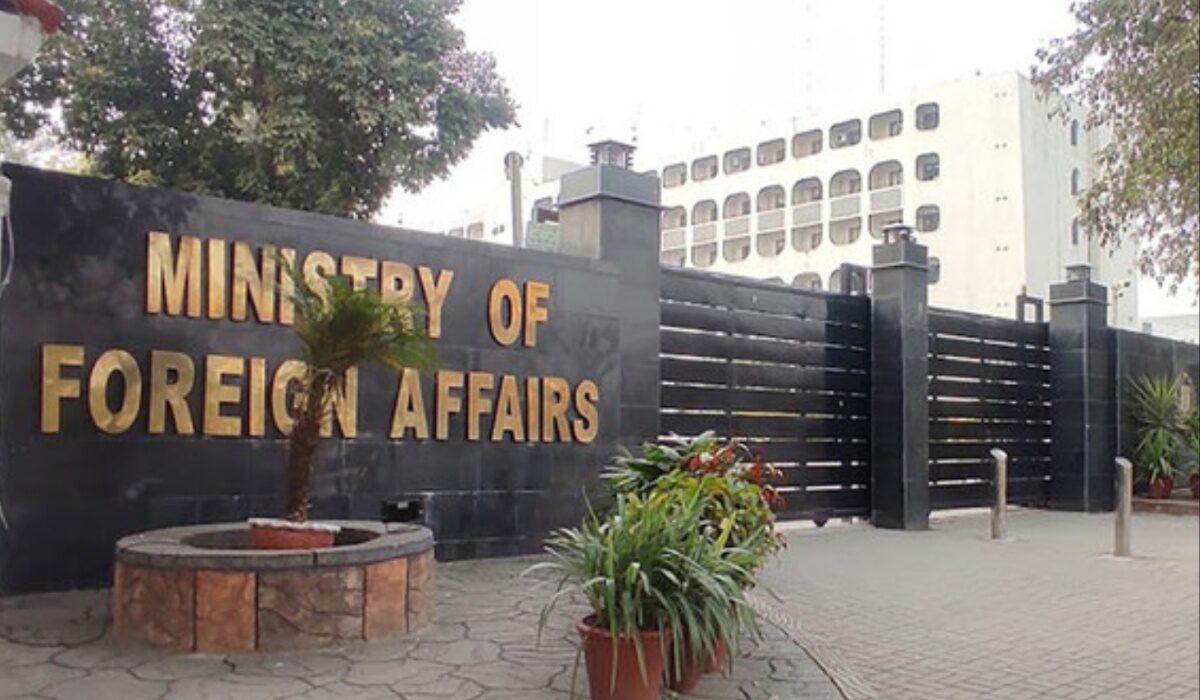A rise in U.S. crude inventories in the latest week indicated weaker demand.


Oil prices fell more $2 a barrel on Thursday as fears of a wider Middle East conflict eased at the same time that U.S. demand showed signs of weakening.
Brent crude futures settled at $87.93 a barrel, sliding $2.20 or 2.44%. On Wednesday, Brent settled nearly 2% higher. U.S. West Texas Intermediate crude futures finished at $83.21 a barrel, down $2.18, or 2.55%.
Oil prices have been boosted recently by fears of a spillover affecting global crude supplies from the conflict between Israel and Palestinian militant group Hamas, which could embroil Iran and its allies in the region.
Those worries were retreating by midday on Thursday.
“The security premium we’ve been paying since earlier in the month seems to be deflating,” said John Kilduff, partner with Again Capital LLC.
The U.S. and other countries are urging Israel to delay a full invasion of Gaza, which is reeling from almost three weeks of Israeli bombing triggered by a mass killing spree in southern Israel by Iranian-backed Hamas.
“The market is on edge,” said Price Futures analyst Phil Flynn. “It’s critical to understand that we’re one headline away from a big rally in the market.”
Worries about the broader global economy also weighed on prices. U.S. Treasury yields headed back toward 5% on Thursday, dragging shares around the world to multi-month lows.
The U.S. economy, however, grew at its fastest pace in nearly two years in the third quarter, data showed on Thursday, raising expectations that the Federal Reserve will keep interest rates high for longer.
A rise in U.S. crude inventories in the latest week indicated weaker demand.
Inventories (USOILC=ECI) climbed by 1.4 million barrels to 421.1 million barrels, according to the Energy Information Administration (EIA), exceeding a 240,000-barrel gain expected by analysts from a Reuters poll.
The data follows a surprise downturn this month in euro zone business activity data.
“Though with no clear signs the war will spiral, attention is returning to volatile swings in the U.S. bond market and the broader fragile state of the world economy. That is unsettling investors,” MUFG analyst Ehsan Khoman said.
The European Central Bank left interest rates unchanged as expected on Thursday, snapping an unprecedented streak of 10 consecutive rate hikes, and maintained its guidance which implies steady policy ahead.
Markets will be looking to OPEC and its allies plans for production levels in the coming year, said Phil Thompson, director at Mobius Risk Group.
OPEC+, led by Saudi Arabia and Russia, cut production by 1.3 millions per day (bpd) earlier this year and in September extended the reduced production level through the end of the year.
OPEC members are next scheduled to meet in late November.
“If cuts continue into the new year, it’s going to be bullish,” Thompson said.
Courtesy: Reuters

Assailants kill cop, brother in gun attack in KP’s Lakki Marwat
- 10 hours ago

Gold prices dip per tola in Pakistan, global markets
- 13 hours ago
Pakistan qualify for semi-final of under 19 Asia Cup cricket
- 10 hours ago

A Kinect for kids is outselling Xbox to become the hot console this holiday
- 3 hours ago

Please don’t make airports healthy again. Just make them more efficient.
- 39 minutes ago
Tagic Army Public School (APS) Peshawar incident completes 11 painful years
- 9 hours ago

YouTube made its video player easier to navigate on TVs
- 3 hours ago
AI boom seen lifting chipmaking equipment sales 9pc to $126bn in 2026
- 10 hours ago

My defense of a $40 cable paperweight – I’m sorry
- 3 hours ago
Sabalenka named WTA Player of the Year for second straight season
- 13 hours ago

Young Leaders Conference 2025 highlights social stewardship on day two
- 10 hours ago
Arteta tells critics to back off struggling Gyökeres
- 2 hours ago







